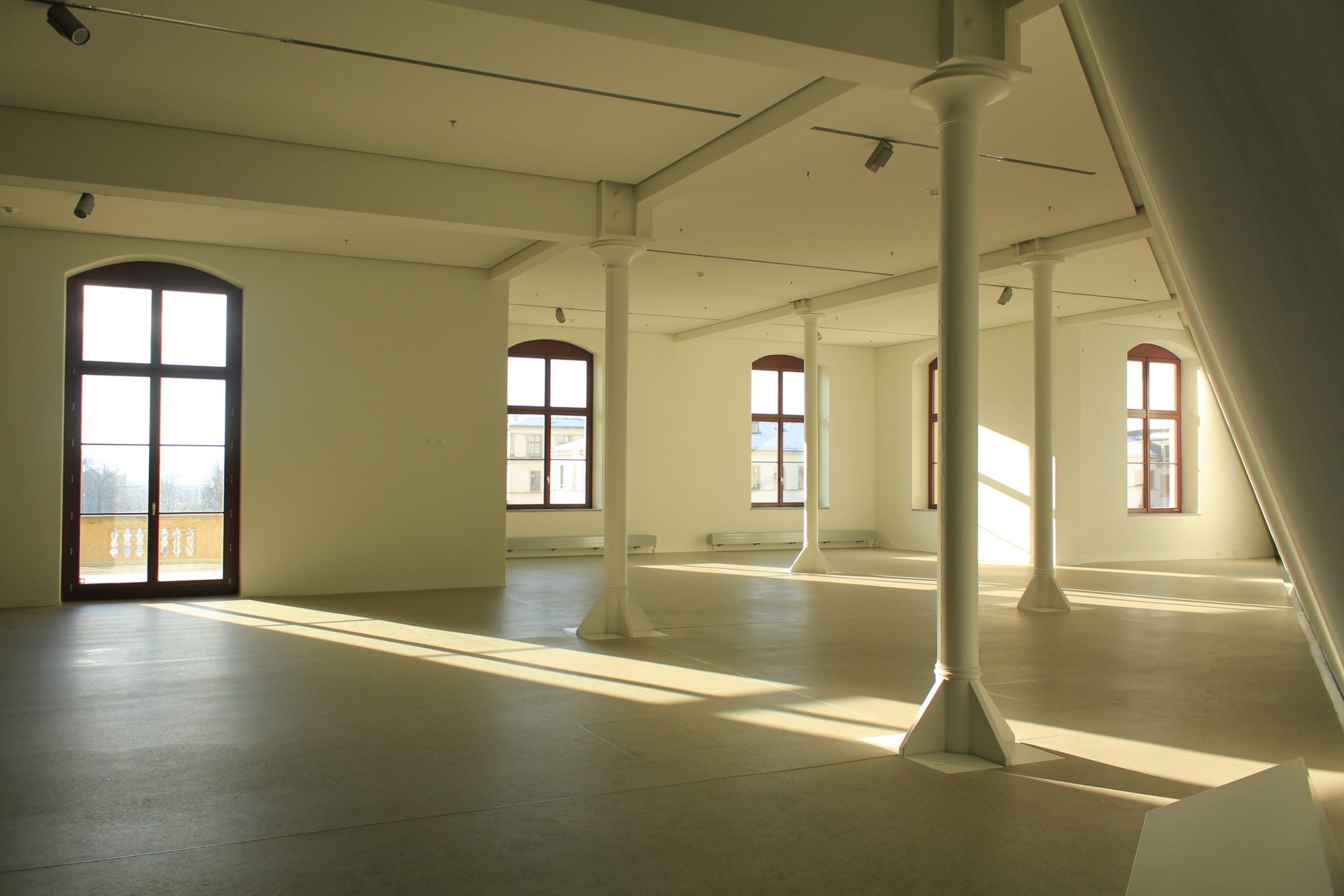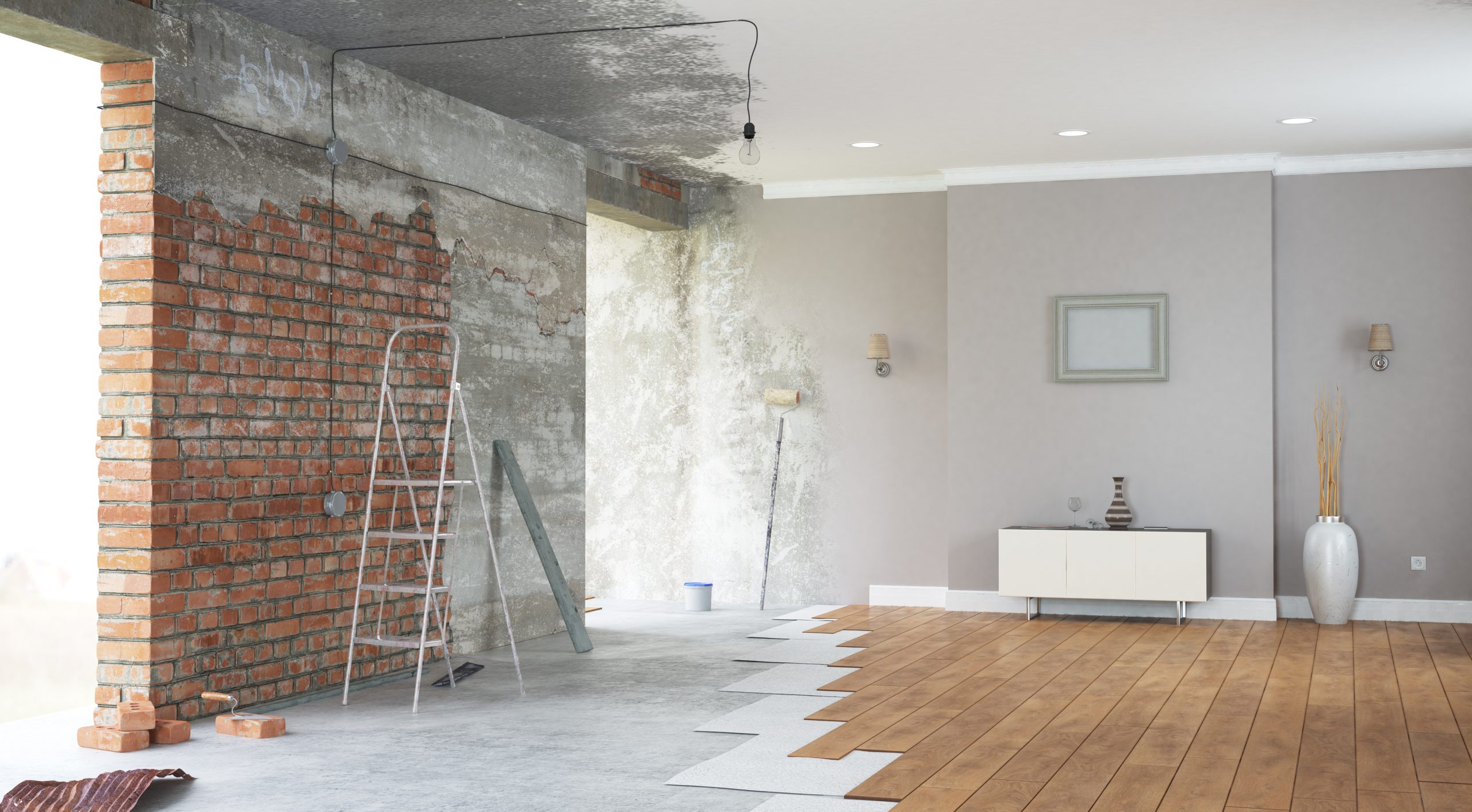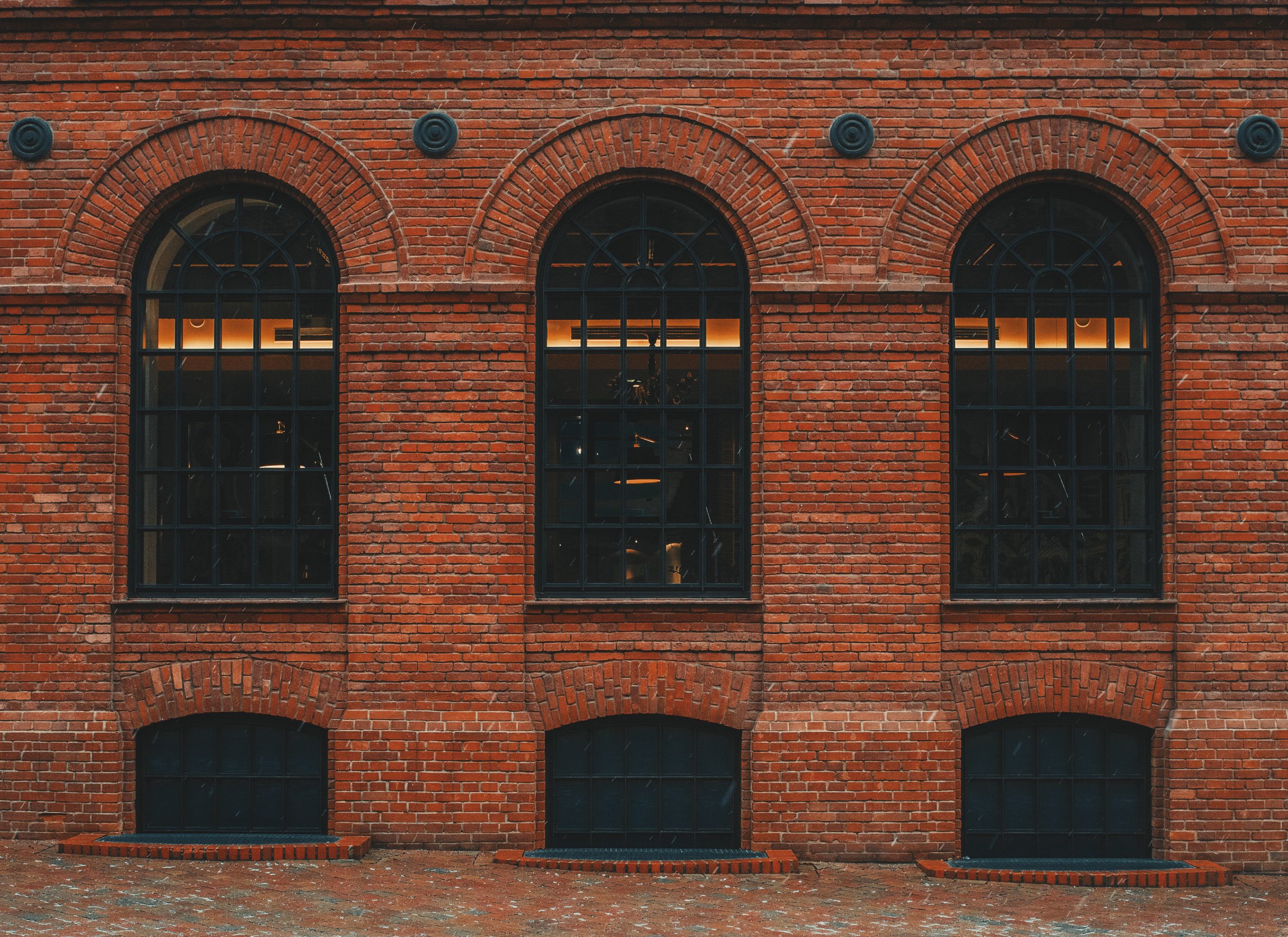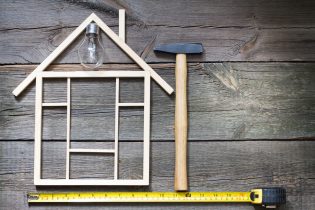Do You Need an Architect or an Interior Designer for Your NYC Reno?

Ah, New York City, where space is a premium and renovation dreams often come packed in shoebox apartments. With towering high-rises and historic brownstones, the city offers diverse living options. Whether you’re dreaming of updating a pre-war gem or optimizing a penthouse suite, the age-old question arises: Do you need an architect or an interior designer for your NYC renovation?
Understanding the Differences

At the heart of many renovation decisions is the question of expertise: What’s the fundamental difference between an architect and an interior designer? To some, these professions might seem interchangeable, but they operate on distinct paradigms.
Architect
An architect’s primary focus is on the design and construction of buildings. Trained extensively in the art and science of building design, architects deal with the macro elements of a project. This includes understanding how a structure comes together, ensuring it’s stable, and seeing that it complies with local building codes and regulations. When you consider adding another room, or altering the existing layout of your home, or even building a new structure from scratch, it’s the architect who sketches the blueprint, ensures the walls are placed correctly, and guarantees the roof won’t cave in.
Interior Designer
Diving into the world of aesthetics, comfort, and functionality within a given space, the interior designer operates on a micro level, but with vast impact. Beyond choosing paint colors or fabrics, they understand how spaces are used, how to optimize flow, and how different styles can evoke different feelings. A degree in interior design or a related field means they have been educated on building codes and can understand architectural plans, but their primary concerns revolve around decoration, space utilization, and human psychology. If you’re aiming to capture a specific mood in your space, to refurbish an outdated room, or to optimize your living space for both beauty and practicality, it’s the interior designer who brings that vision to life.
In essence, while both professions overlap in areas, their foundational expertise lies at opposite ends of the building spectrum. The architect masters the shell, ensuring it stands tall and meets regulations, while the interior designer perfects what’s inside, crafting a space that resonates with its inhabitants. When combined, their collaborative potential can transform any NYC residence into a functional work of art.
The Scope of Your Project

Every renovation project is unique, with its own set of challenges and aspirations. The choice between an architect and an interior designer often hinges on the breadth and depth of your renovation vision. Understanding the following breakdown can provide clarity:
Major Structural Changes
Undertaking structural renovations is akin to altering the skeleton of a building. If you envision moving walls, enlarging windows, adding or removing rooms, or even modifying foundational elements, an architect becomes an indispensable ally. Trained in the intricate details of construction, they ensure that every brick and beam is placed correctly. Their role goes beyond design; architects possess the expertise to anticipate and solve complex structural issues, making sure your home remains safe and stable while realizing your architectural aspirations.
Cosmetic Changes
When the essence of your renovation revolves around refining the surface and the aesthetics, it’s the realm of the interior designer. Transforming an outdated living room into a modern sanctuary, converting a basement into a cozy entertainment space, or reimagining your bedroom with a new style theme—these tasks don’t require tearing down walls or erecting beams but demand a creative touch. Here, an interior designer can rework lighting, choose cohesive color palettes, select the perfect furnishings, and add decorative elements that rejuvenate your space.
Mixed Projects
It’s not uncommon for a project to straddle both structural and aesthetic domains. In such cases, a harmony between an architect and an interior designer can yield the best results. Consider, for instance, converting an attic into a loft-style master suite. An architect might craft the structural layout, ensuring stability, while a designer envisions the layout, color scheme, and decor, making the space both functional and stylish.
By determining the scope of your NYC reno, you’re better equipped to choose the right professional, ensuring your project’s success.
Regulations and the NYC Factor

New York City is not just any metropolis; it’s a densely packed, historically rich, and architecturally diverse labyrinth. When considering a renovation in this iconic city, the intricate web of regulations adds another layer to the decision-making process. Understanding these nuances will be crucial to the trajectory of your project.
Historic Landmarks and Preservation
NYC boasts numerous historic districts and landmarks, each carrying its own set of preservation guidelines. If your property lies within a designated historic area, any exterior changes will need to adhere to strict guidelines to maintain the neighborhood’s historic integrity. An architect is well-versed in navigating these waters, ensuring that modifications align with city mandates while preserving the essence of the building’s historic charm.
Building Codes and Zoning Laws
Beyond the historic angle, NYC’s building codes and zoning laws can be a maze. Whether it’s maximizing floor area ratios, understanding allowable uses of spaces, or ensuring egress requirements are met, an architect is equipped with the expertise to ensure your renovation complies with these complex regulations, avoiding potential legal pitfalls and costly corrections.
Building Board Approvals
Many NYC apartment buildings, especially co-ops, have stringent rules about renovations. Securing board approval is often a prerequisite before commencing any significant work. An architect can not only produce the necessary documents but also present your renovation plans in a way that increases the likelihood of board approval.
Environmental Considerations
NYC’s ongoing sustainability initiatives mean that certain renovations might require adherence to environmental regulations. Whether it’s ensuring energy efficiency or utilizing sustainable materials, staying compliant can be a daunting task without the right guidance.
In a city as layered and dynamic as New York, understanding the intricate regulatory environment is paramount. While some might view it as a bureaucratic hurdle, with the right professional by your side, it becomes an integral part of crafting a space that honors both personal vision and the rich tapestry of NYC’s architectural legacy.
Cost Considerations

Navigating the financial landscape of a renovation in NYC can be as intricate as the project itself. Beyond the raw materials and labor, the expertise of professionals comes at a price. Understanding the potential costs and how they align with your budget will shape the trajectory of your renovation:
Architect’s Fees
Architects typically charge in one of three ways: a percentage of the total project cost, a fixed fee, or an hourly rate. For extensive renovations involving structural alterations, the investment in an architect often pays off in the long run, safeguarding against potential costly mishaps.
Interior Designer’s Fees
Designers usually charge an hourly rate or a flat fee. Additionally, some might charge a markup on products they source. It’s crucial to clarify this upfront to avoid surprises.
Value for Money
While both professionals come with their price tags, their expertise can often lead to savings in other areas. For example, a designer might have access to trade discounts on furnishings, while an architect’s efficient planning can reduce construction mishaps.
Transparent Conversations
Always discuss budgets openly with your chosen professional. A clear understanding of financial boundaries ensures a smooth collaboration, allowing them to tailor their services to give you the best bang for your buck.
The Collaboration Advantage

Many New Yorkers find value in hiring both. Architects and interior designers offer complementary skills. The architect focuses on the best possible structural layout, while the designer ensures the space is both beautiful and functional. This collaboration often leads to a seamless blending of form and function.
For example, imagine converting a warehouse space in Brooklyn into a loft. An architect could determine how to best divide the open area, ensure the windows are structurally sound, and plan for any added amenities like a balcony or terrace. Meanwhile, an interior designer would focus on maintaining the industrial feel with the right furnishings, decide on color schemes that complement the brickwork, and select lighting that illuminates the lofty ceilings.
Tips for Making Your Decision

Portfolio Review
Always ask to see a professional’s past projects. Their portfolio offers a tangible glimpse into their style, expertise, and versatility. Ask yourself: does their work resonate with my vision?
Don’t forget: word of mouth still holds weight. Connect with previous clients to get firsthand feedback. Their experiences can shed light on the professional’s work ethic, responsiveness, and ability to stay within budget.
Initial Consultations
Most professionals offer initial consultations, either for free or a nominal fee. This meeting can provide insights into how they approach projects, their creative process, and their compatibility with your aspirations.
Ensure you have a clear understanding of the services they offer. Some professionals might provide end-to-end solutions, while others may focus on specific segments of a renovation.
Gut Feeling
While research and references are invaluable, don’t underestimate your intuition. The best collaborations often come from a place of mutual respect and understanding. If it feels right, it probably is.
Conclusion

Choosing between an architect and an interior designer, or opting for both, largely depends on the nature of your NYC renovation. While architects are vital for structural and regulation-focused work, interior designers breathe life into a space with aesthetics in mind. In the vibrant tapestry of New York City homes, ensuring you have the right professional on your side can make all the difference in crafting the living space of your dreams.
- Categories:




